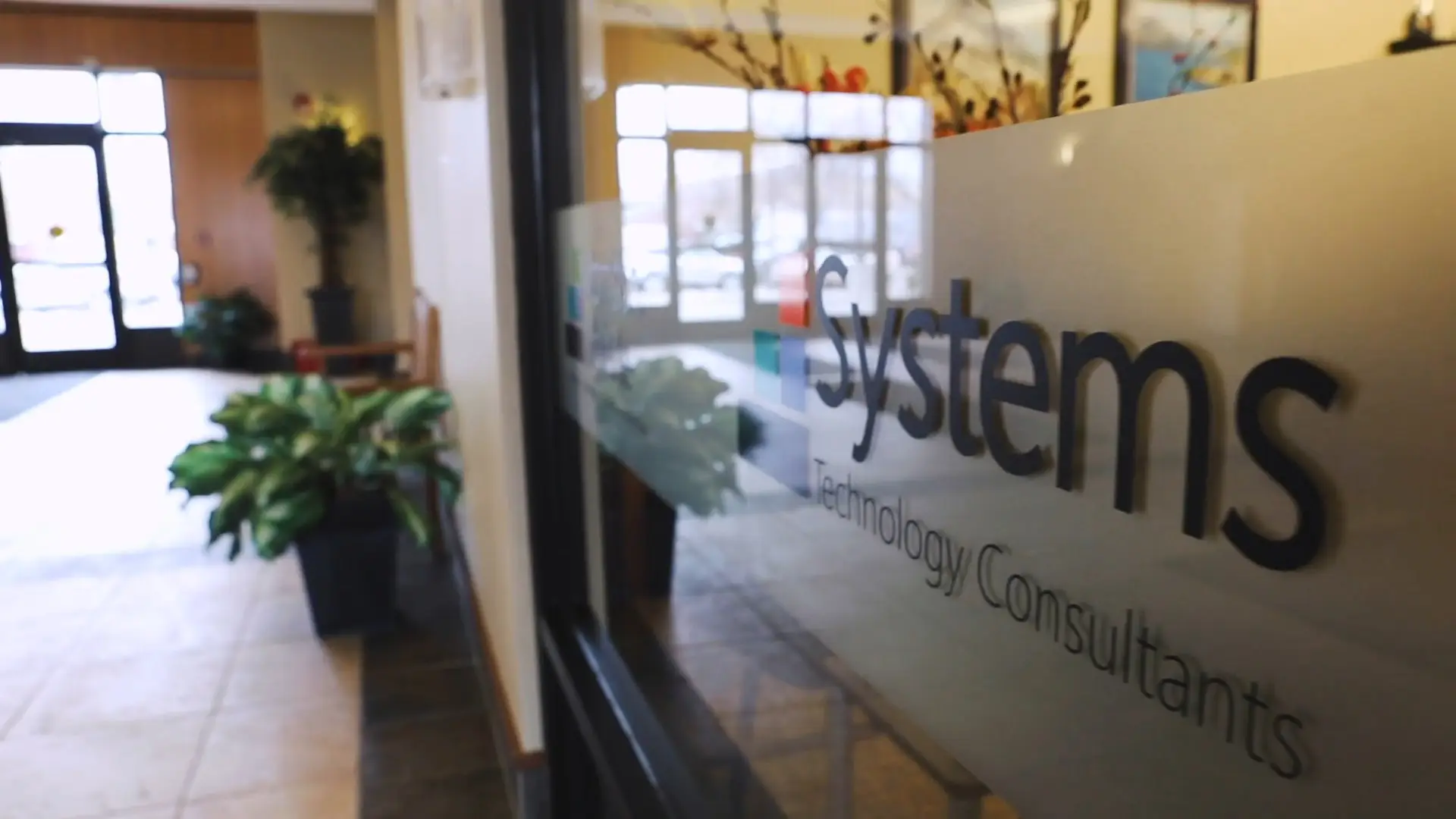Game on for 5G
With the NFL’s Centennial Season underway, Verizon is kicking off 5G “Ultra Wideband” connectivity to 13 NFL stadiums.
Attendance at professional sporting events has declined in recent years. More Americans are choosing to tune in from the comfort of their own homes. The reasons for the shift are varied, but one factor may be the increasing inability of stadiums to keep up with their attendees’ appetite for the internet. High traffic often causes standstills on stadium networks, leaving fans “spinning their wheels” while trying to stream instant replays and post to social channels.
At Super Bowl LI, stadium crowds transferred 11.8 terabytes of data. Extreme Analytics broke down the numbers even further: 35,430 fans were on the wi-fi network throughout the game, with peak usage of 27,191 concurrent users on the network. Noting this rising demand, the NFL is actively partnering with broadband providers to invest in their network capabilities.
This infographic from Micron is a helpful visual that breaks down the timeline and details of our progress towards 5G.

https://www.micron.com/insight/5g-ai-and-the-coming-mobile-revolution
“Verizon 5G is fundamentally changing the way we live, work and play, and we expect the impact on the sports entertainment industry to be massive – it promises to revolutionize the entire game-day experience for fans,” said Hans Vestberg, CEO of Verizon, in a press release.
Not to be outdone, AT&T, Sprint, and T-Mobile are all building out their network capabilities to prepare for the next-generation of connectivity as well.
While this is exciting news for sports fans nationwide, it may seem trivial to many in rural areas of our country who are still without reliable internet or cell service of any kind.
KTVH Helena has recently published a three-part series on the status and future of high-speed Internet and cell service in rural Montana. Read more here.













